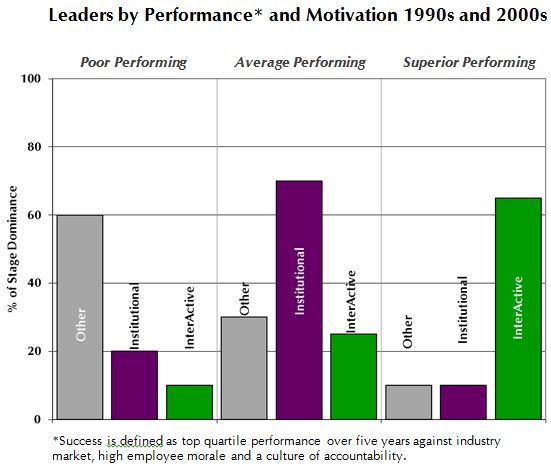1935
Early Drive Theory
In 1927, Henry Murray was named assistant director of the Harvard Psychological Clinic. His early research and concepts are still core to how experts think about personalities today. In 1935, he defined the word ‘motive’ as:
“A recurrent, stable concern about goal states that drives and organizes behavior.”
In order to identify and categorize these ‘stable concerns’ – i.e.: distinct thought patterns – Murray developed an instrument called the Thematic Apperception Test. It is able to measure the occurrence and strength of themes below the level of perception. Using this instrument, he analyzed a wide range of submissions and identified some 300 distinct thought patterns.
1939 - 1943
McClelland Tests Maslow’s Theory
As a young student of the trait theorist Abraham Maslow, David McClelland set out to gather empirical evidence to validate Maslow’s Hierarchy of Needs. In one key study, he tested Maslow’s assumption that starving people would be obsessed with food. The expectation was that thoughts about food would permeate not only the conscious thinking but also the unconscious drives of the starving. Instead, he found no significant difference in the data between starving and well-fed.
McClelland realized that instead of confirming Maslow’s theory, he had proved that of the drive theorist Henry Murray: thoughts organize and drive behavior.
1940 - 1970
McClelland’s Major Findings
Over the next decades, McClelland and his team of researchers worked in many fields and established the following:
-
A large portion of an individual’s behavior may be accounted for by motives.
-
Each individual’s motives are quite volatile in early to mid-childhood, but then stabilize and remain relatively consistent throughout life.
-
There are at least 300 different motives, but in 80% of all people only three motive states occur as dominant motive patterns.
-
Motives or thought patterns occur just below the conscious level. Therefore, they are not easily quantified through direct measures (question and answer tests of motivation). Rather, they are measurable through indirect means (projective exercises such as story-writing).


